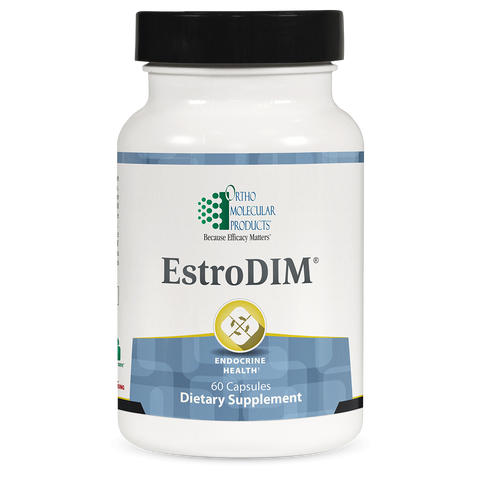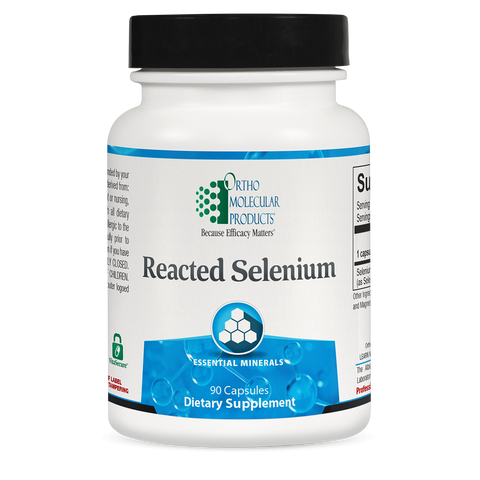CollaGEN
CollaGEN is formulated to nutritionally support cartilage, tendons, ligaments, fascia and skin.
Clinical Applications
- Protects and Promotes Connective Tissue Biosynthesis
- Supports the Body’s Processes of Cartilage, Tendon, Ligament and Fascia Self-Repair
- Supports Joint Lubrication, Joint Cushioning, and Normal Connective Tissue Inflammatory Response
- Supports Normal Rejuvenation of Healthy Hair, Skin and Nails
Collagen is a crucial element of skin and connective tissues. This protein is responsible for giving skin a youthful bounce, and as it declines, so does skin appearance and overall connective tissue health. Over time, lifestyle factors can cause reduced elasticity in cartilage, tendons, ligaments and skin. This leads to wrinkles decreased dermal matrix strength, and soft tissue and joint discomfort.
CollaGEN includes three clinically sutided ingredients to support the natural healing process and maintain connective tissue structure. Most therapies simply block joint pain and connective tissue discomfort from exercise, and in doing so inhibit the regeneration and elongation of specific precursors and deplete nutrients such as vitamin C and magnesium that maintain joint and connective tissue health. FORTIGEL®, Tendaxion® and Mobilee® protect and preserve cartilage, tendons, ligaments, intervertebral discs, and fascia.
Suggested Use:
1 scoop (7.6 grams) in 8 oz of water or the beverage of your choice per day or as recommended by your health care professional. Can also be added to food and baking products.
Collagen Hydrolysate
FORTIGEL®, backed by more than fifteen studies, provides bioactive collagen peptides (BCPs), which contain high concentrations of specific peptides that comprise connective tissue. The precise length of the short-chain peptides and low average molecular weight allows easy absorption, transport, and accumulation to target connective tissue. FORTIGEL® provides 5 g hypoallergenic protein per serving from a sustainable protein source. The lower dose of collagen peptides decreases excess oxalate production, compared to higher-dose collagen and gelatin products.
Hyaluronic Acid Extract
Mobilee® is a patented rooster comb extract rich in high molecular weight hyaluronic acid (HA), which is responsible for the viscoelastic, lubricating properties of synovial fluid. This extract also contains collagen and other glycosaminoglycans (GAGs). Hyaluronic acid also plays a role in the biophysical, biochemical and cell regulation processes in joint synovial tissues. Scientific evidence shows Mobilee® supports chrondrocytes and synovial cell function, and is two to four times more active than regular HA in supporting synovial fluid health. The latest clinical research includes HA in proactive and maintenance approaches to joint care and supports normal range-of-motion. Research suggests Mobilee® supports the quality of synovial fluid by positively influencing synovial HA concentration, and by reducing the expression of degradative factors in synovial fluid.
Type I Collagen and Mucopolysaccharides
Tendaxion® is a combination of type I collagen and mucopolysaccharides. Adult tendons, ligaments and fascial tissue are comprised mainly of type I collagen molecules organized into structural units. The molecular structure and organization of tendon, ligament and fascial collagen fibrils are key determinants in the ability of these tissues to endure mechanical force and fuel self-repair. While collagen provides much of tendon/ligament structure and strength, mucopolysaccharides are the “glue” that holds them together and allows them to stretch, flex, bend and maintain their resilience. Mucopolysaccharides are a critical component of extracellular matrix and are important in maintaining structural integrity, lubrication and spacing of collagen fibers. Furthermore, mucopolysaccharides have been shown to increase collagen and non-collagenous protein synthesis in cultures of bovine tenocytes and ligament cells. Tendaxion® has been shown to be efficacious in medial and lateral epicondyle tendon patients, Achilles tendon patients and plantar fascia.
We Also Recommend








